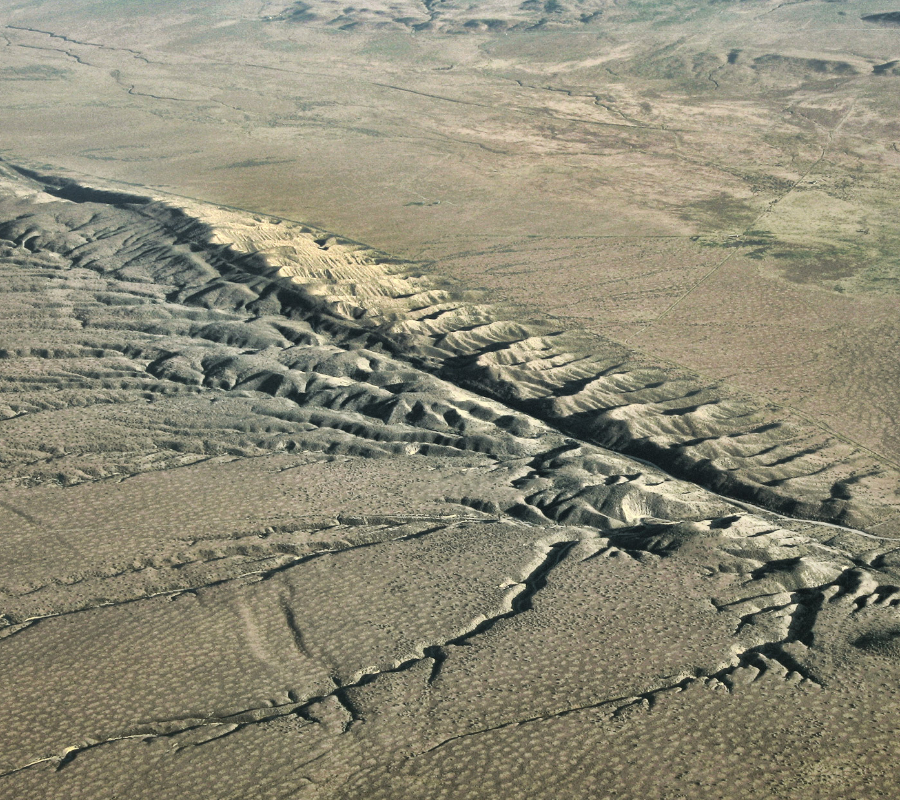Geomorphic Expression and Surface Deformation

The new fault line in Wyoming has created several distinctive surface features and landforms that provide evidence of its presence and activity. These features include:
- Scarps: Steep, linear cliffs that mark the surface trace of the fault. Scarps can range in height from a few meters to tens of meters, and they can extend for several kilometers along the fault line.
- Grabens: Down-dropped blocks of land that form between two parallel faults. Grabens are typically long and narrow, and they can contain lakes or wetlands.
- Horsts: Uplifted blocks of land that form between two parallel faults. Horsts are typically elongated and narrow, and they can rise hundreds of meters above the surrounding terrain.
- Linear valleys: Valleys that follow the trace of the fault line. Linear valleys are often formed by erosion along the fault, and they can provide a clear indication of the fault’s location.
Geomorphic Processes
The geomorphic processes that have shaped the landscape in the vicinity of the fault include:
- Faulting: The movement of rocks along the fault line can create scarps, grabens, horsts, and linear valleys.
- Erosion: Wind, water, and ice can erode the rocks along the fault line, creating canyons, gullies, and other landforms.
- Deposition: Sediment can be deposited along the fault line, forming alluvial fans, deltas, and other landforms.
Hydrological and Environmental Impacts: New Fault Line In Wyoming

The presence of a fault line can have significant implications for the hydrological and environmental systems in the region. Fault movement can disrupt surface water flow patterns, alter groundwater availability, and impact the ecological balance of the area.
Surface Water Impacts
- Stream Diversion: Fault movement can cause the displacement of stream channels, diverting water flow away from its original course. This can lead to changes in erosion patterns, sedimentation, and aquatic habitats.
- Dam Formation: In some cases, fault movement can create natural dams across rivers, impounding water and creating new bodies of water. These dams can alter water flow, disrupt fish migration, and affect downstream ecosystems.
- Water Quality Changes: Fault movement can expose new geological formations to surface water, potentially altering its chemical composition. This can impact water quality, affecting aquatic life and human water supplies.
Groundwater Impacts, New fault line in wyoming
- Aquifer Disruption: Fault movement can disrupt aquifers, altering groundwater flow patterns and availability. This can impact water supplies for human consumption, agriculture, and natural ecosystems.
- Groundwater Contamination: Fault movement can create pathways for contaminants to enter groundwater systems. This can pose risks to human health and the environment.
Ecological Impacts
- Habitat Fragmentation: Fault lines can create physical barriers that fragment wildlife habitats, limiting movement and gene flow between populations.
- Vegetation Changes: Fault movement can alter soil conditions and water availability, which can impact vegetation patterns. This can affect the distribution and abundance of plant species, including those of ecological significance.
- Wildlife Displacement: Fault movement can displace wildlife from their habitats, forcing them to adapt to new environments or face population declines.
The new fault line in Wyoming, a stark reminder of the Earth’s ever-changing nature, has captured the attention of scientists and locals alike. While the seismic activity is being closely monitored, the region also boasts a thriving cultural scene. The Ford Wyoming Center , a renowned performing arts venue, continues to host a diverse array of events, providing a welcome respite from the geological unrest.
The recent discovery of a new fault line in Wyoming has sparked both concern and excitement. While geologists monitor its activity, the people of Wyoming continue their vibrant traditions, such as the annual Wyoming State Fair , a celebration of the state’s agricultural heritage.
Amidst the festivities and displays of livestock, rodeo, and local crafts, the new fault line serves as a reminder of the ever-changing geological landscape of this rugged and resilient state.